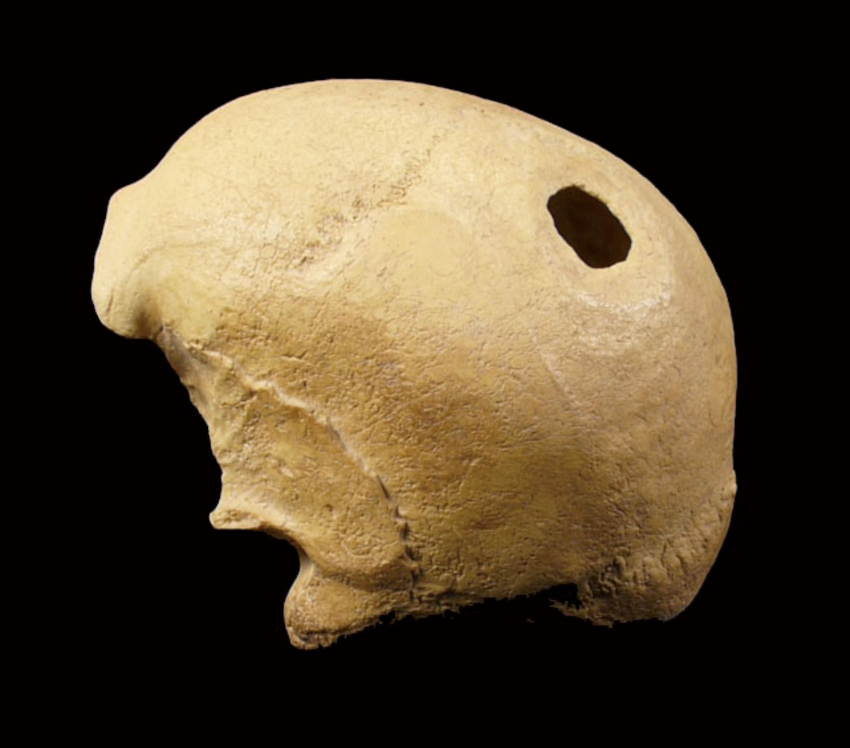
Since the Classical Antiquity, the presence of a medical model of madness (identified as a more or less apparent impairment of language, behaviour or psychosocial competence) has led to the use of a wide range of somatic treatments. Thus, the traditional conception of madness as a humoral imbalance involving the governing faculties of the brain promoted intervention on the so-called unnatural things (food, rest, passions), the practice of manoeuvres such as trepanations and bloodletting, and, above all, the administration of plant-based medic material: purgatives such as white agaric, rhubarb and hellebore (especially indicated for melancholic patients) or sedatives such as camphor, poppy and absinthe syrup. Many of these remedies were used until long after the emergence of psychiatry as a medical speciality, which - apart from establishing a new institutional mechanism (the "moral asylum") - did not have its own range of therapeutic resources until well into the 20th century. In fact, it can be said that the era of modern psychiatric therapeutics did not begin until 1917 with the introduction of the so-called malariotherapy of progressive general paralysis by the Austrian psychiatrist Julius Wagner-Jauregg. From then on, however, a series of more or less "heroic" treatments (of a certain effectiveness, but of an aggressive nature) were rapidly developed to expeditiously alleviate the most dramatic and disruptive symptoms of "mental illness", including insulin therapy, cardiazole shock, electroshock and psychosurgery, the most controversial of them all. Soon after, the 1950s saw the emergence of psychopharmacology, with the successive introduction of various drugs for the treatment of states and conditions such as mania, schizophrenia, depression and anxiety. As is well known, these drugs are nowadays among the most widely consumed medicines by the population, representing a million-dollar business and a very significant portion of pharmaceutical expenditure. Paying special attention to their roots in certain social and institutional contexts, to their cultural projection and to the controversies that their use has aroused throughout history, this exhibition aims to offer a detailed overview of the panoply of remedies with which medicine has tried (and still tries) to extirpate the unredeemed "stone of madness" and psychic suffering.

Scientific-Medical Collection of the Universitat de València.











